MATTERS OF OBSESSION
When Frida Kahlo, Amrita Sher-Gil and Irma Stern come to a gallery in Johannesburg
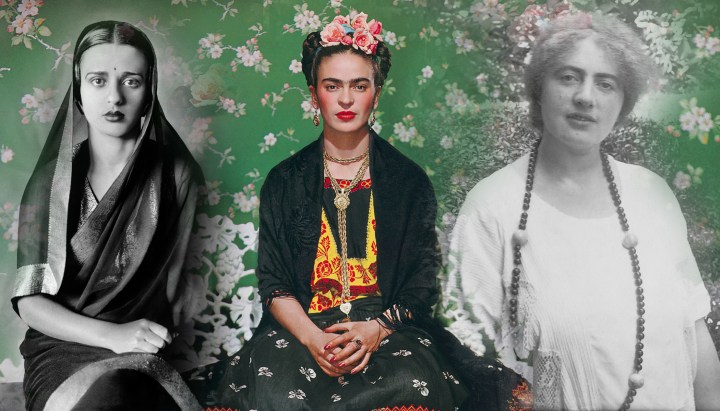
In the old plantation suburb of Saxonwold and in a recast tram shed, a fine arts treasure has unfolded.
The Joburg Contemporary Arts Foundation, helmed by Clive Kellner with a small team has been making pathbreaking exhibitions for three years now. The contemporary Foundation structure has stayed true to the red brick of the tram shed and its design draws you in off the street up a shaded walkway and into a magnificent art house.
In the final of a trio of exhibitions of women artists from the global South, a new exhibition opened its doors in October. Four years in the making, the exhibition features a painting each from three women artists across three continents. It features the first-ever Frida Kahlo to exhibit in South Africa, the first Amrita Sher-Gil, and Irma Stern, the South African master. Kellner travelled to India and to Mexico to secure the paintings and to bring treasured parts of the archives of Kahlo and Sher-Gil to South Africa: the only videos on record of both; an indigenous Mexican huipil (blouse) and zagalejo (skirt) Kahlo wore; early drawings; the exquisite photographs Sher-Gil’s Sikh father took of her growing up.
The exhibition called Kahlo, Sher-Gil, Stern: Modernist Identities in the Global South opened on 25 October and was preceded by three well-attended lectures on each of the three artists. The lectures sought to locate them as the revolutionary figures they each were in establishing a modernist identity in their work — as well as celebrated artists globally. What Kellner has done is to draw together that which is common among them to disrupt the colonial gaze.
“The lives of Kahlo, Sher-Gil and Stern overlap in a decade that lay between the two World Wars. From about 1930 to 1941, they were all affected in various ways by the grand unfolding of historical events between the end of colonialism in Mexico, India, South Africa and Congo.
“All three artists have in common a mixed heritage that is inevitably represented in their work: Frida Kahlo was born in Mexico to an immigrant German father and a Spanish-Mexican indigenous mother, Amrita Sher-Gil was born in Budapest to an aristocratic Sikh Indian father and Hungarian mother, while Irma Stern was born in Schweizer-Reneke to immigrant German-Jewish parents. The exhibition asks how these three pioneering artists explore this multiplicity in portraits of themselves and others,” says Kellner.

Fritz Henle, Frida in Her Studio (1943). Gelatin silver print. Courtesy Throckmorton Fine Art. ã Fritz Henle Estate
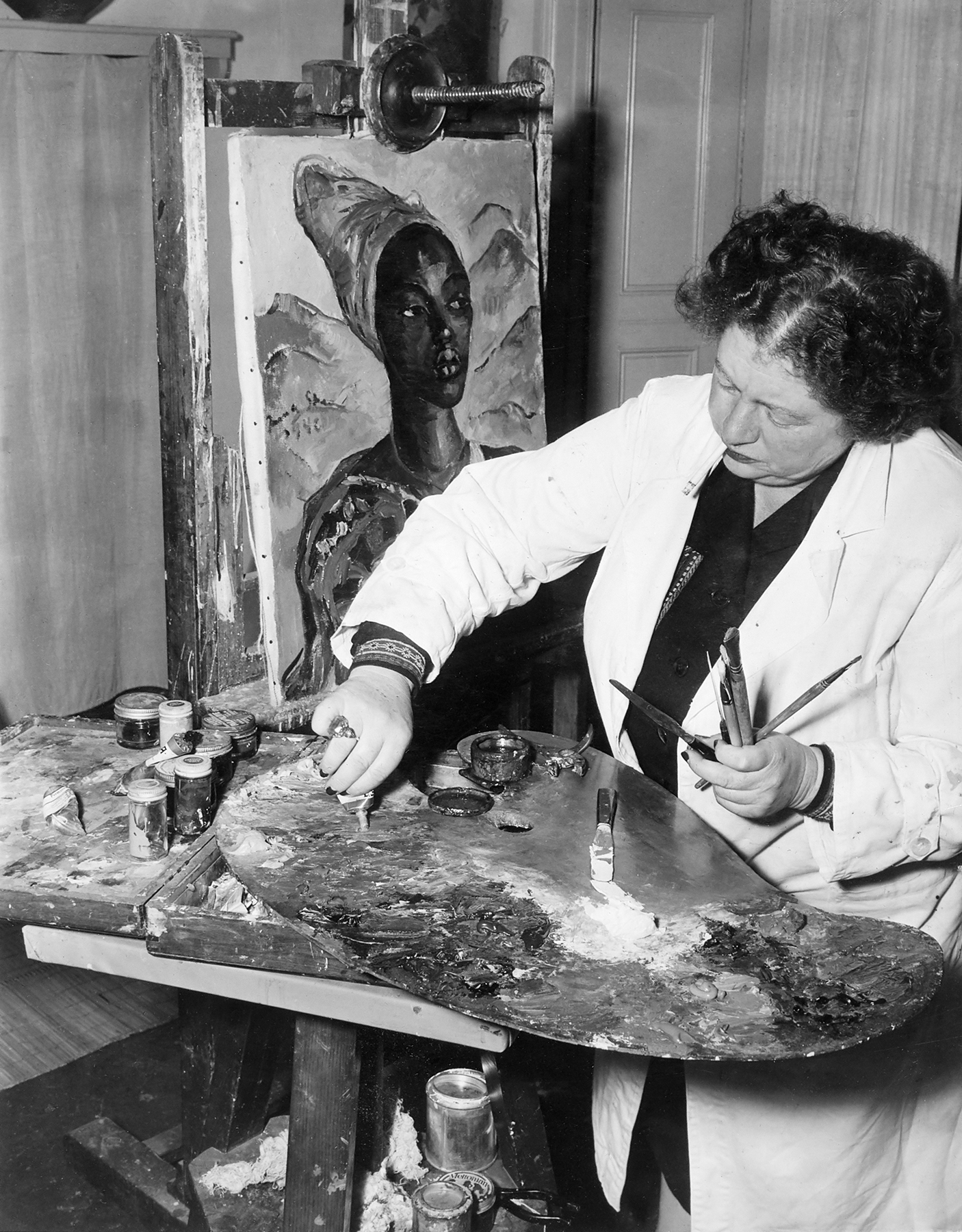
Irma Stern in her studio (1946). Exhibition reproduction. Courtesy National Library of South Africa, Cape Town (MSC31.5 Clippings, Folio 19)
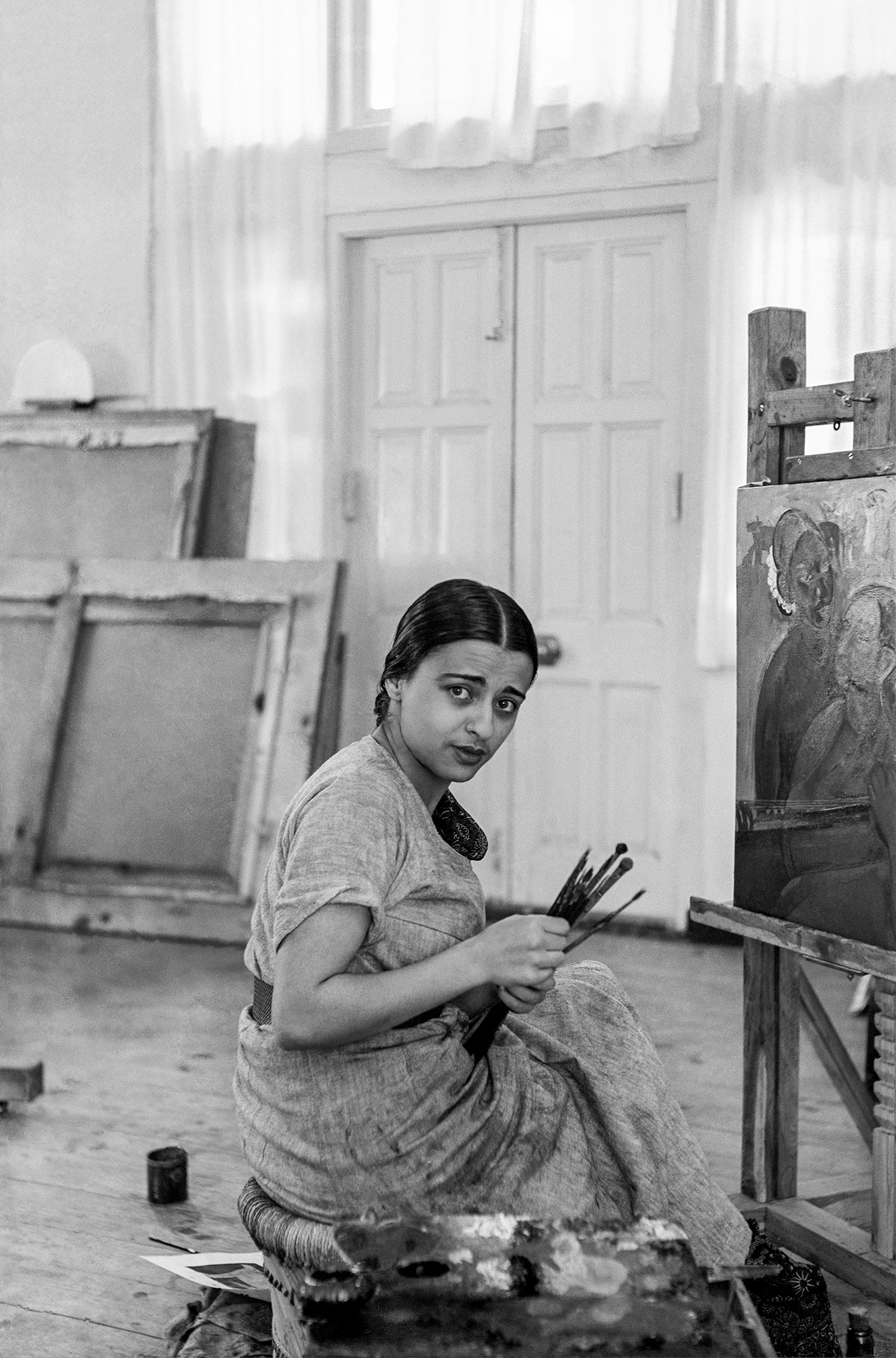
Umrao Singh Sher-Gil, Amrita at her easel Simla, India (1937). Silver gelatin print with selenium toning. Courtesy The Estate of Umrao Singh Sher-Gil and PHOTOINK
While Kahlo’s lover and husband Diego Rivera painted enormous revolutionary murals, Kahlo painted mainly self-portraits, making her the icon she is today. Sher-Gil returned to India, discarded her Western clothes and wore a sari until her early death. Stern never painted herself. Instead, she painted others and specifically, Princess Emma Bakayishonga, the Watussi princess. “Stern evoked the Black body as a translation of her impoverished self-image but at the same time created a space for herself as a pioneer of South African modernism,” says Kellner in the opening notes to the exhibition.
“These were not artists who reacted against the world through direct political commentary. Instead, they sought to express personal experience as a representation of political realities.”
The exhibition is expertly curated and only a few visitors go per visit. As someone who visited the Vatican galleries, the Van Gogh, Louvre and Rijks museum in the hot European Summer of revenge post-Covid travel, the opportunity to linger quietly and soak in the beauty that the JCAF offers is welcome. It made me buoyant for days. (I still don’t get why so many thousands of people need selfies with the Mona Lisa or Sunflowers.)
You enter into a first hall where giant photographs of the sites or geography that inspired each artist locate you. The Metropolitan Cathedral in Mexico, the Ajanta Caves in India, and Elizabethville (now Lubumbashi).
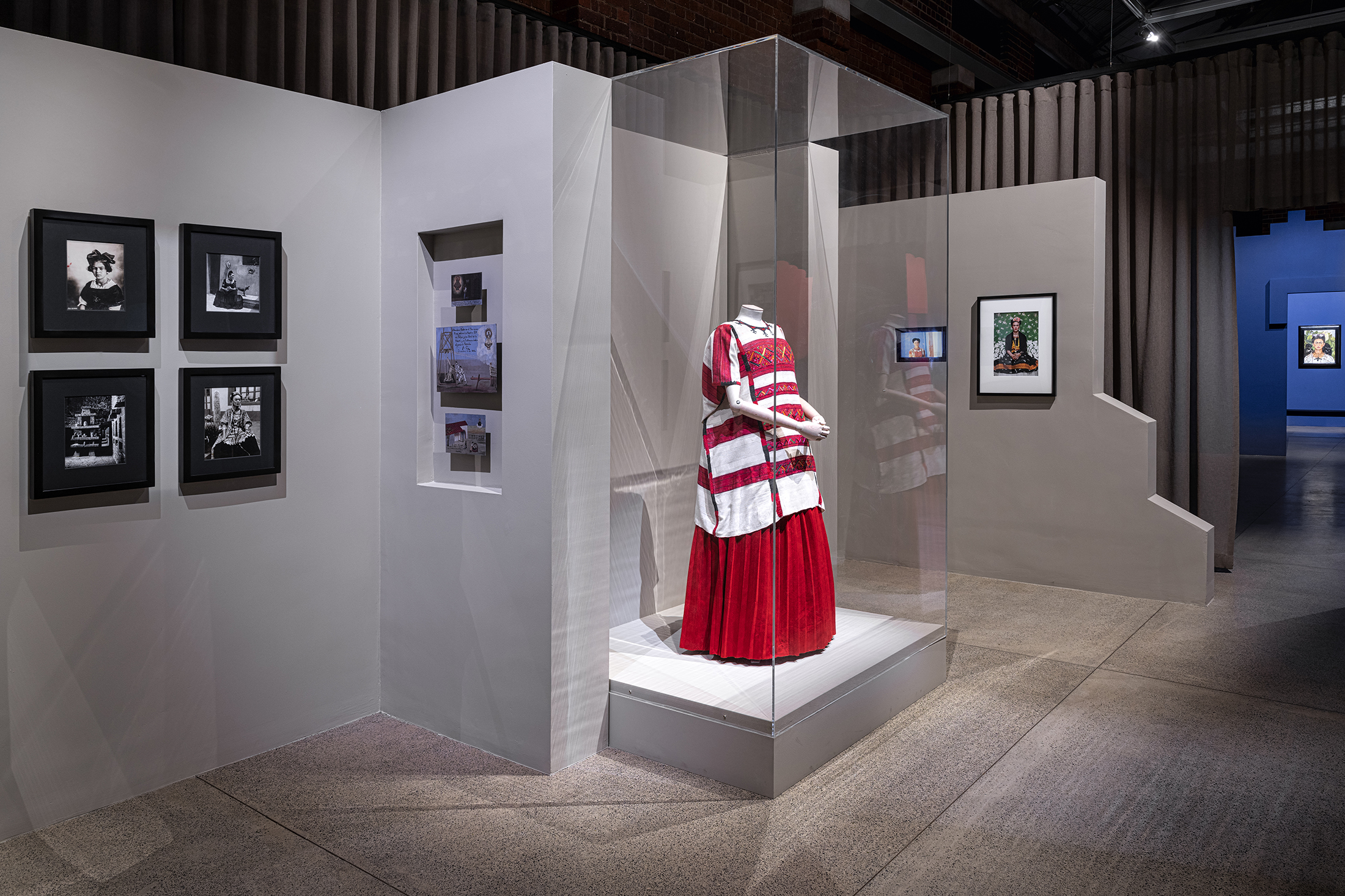
Installation view of Part 2 Identity Formation, Frida Kahlo. Image: Graham De Lacy
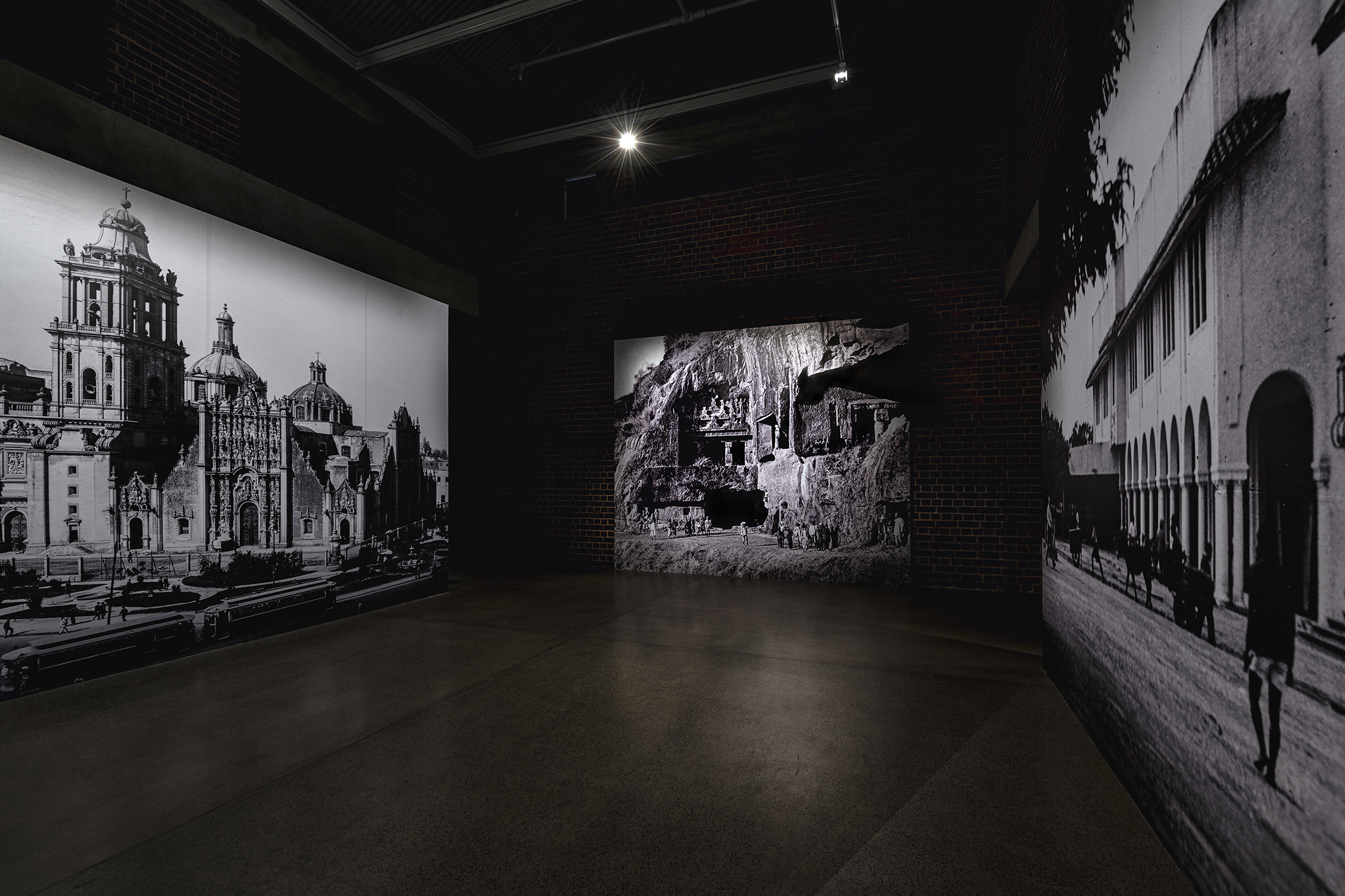
Installation view of Part 1 Historical Background. Image: Graham De Lacy
Then into the edited archive called ‘Identify Formation’. There are objects of treasure to see, such as Kahlo’s dress, Stern’s photo collection of Bakayishonga, their journal drawings. JCAF sourced images of the artists’ journals, recreated exhibition copies and created what their journals could have looked like — Johannesburg has excellent book binders and Pulp Paperworks at Victoria Yards made four of the re-creations.
The video of Sher-Gil visiting an elephant looking steadily into the camera is a good insight into this path-breaking artist’s work. The photographs of Kahlo we know so well are part of the archive section in the JCAF and lead into the final exhibition space.
Surprisingly, three works presented — Frida Kahlo’s Self Portrait of a Hummingbird and Thorn Necklace, Amrita Sher-Gil’s Three Girls and Irma Stern’s Watussi Woman in Red — is enough and it tells a lot about Kellner’s curatorial style. Each is contained in its own space within a gallery, created to give a sense of the places they came from.
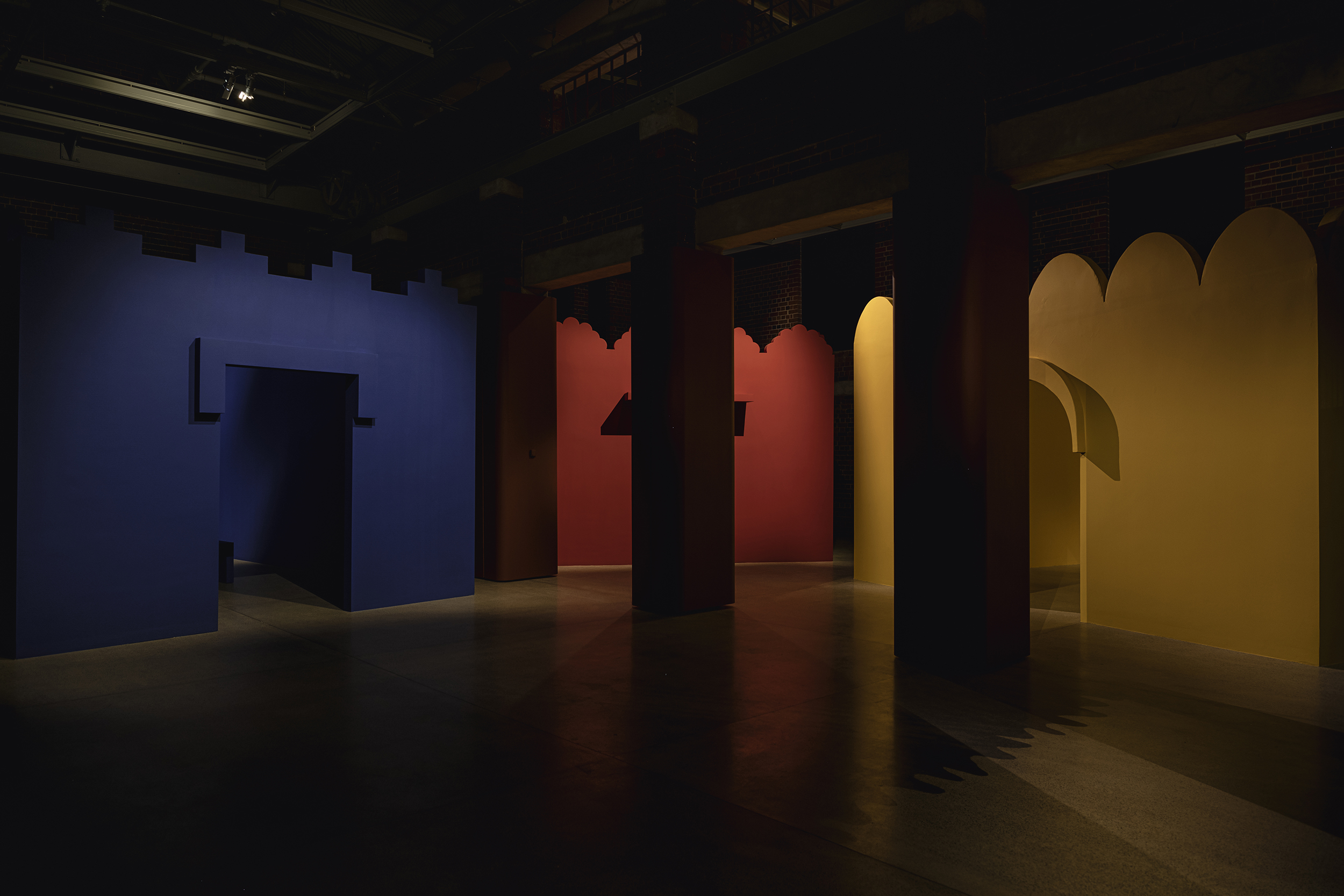
Installation view of Part 3 Portraits and Self Portraits. Image: Graham De
Lacy
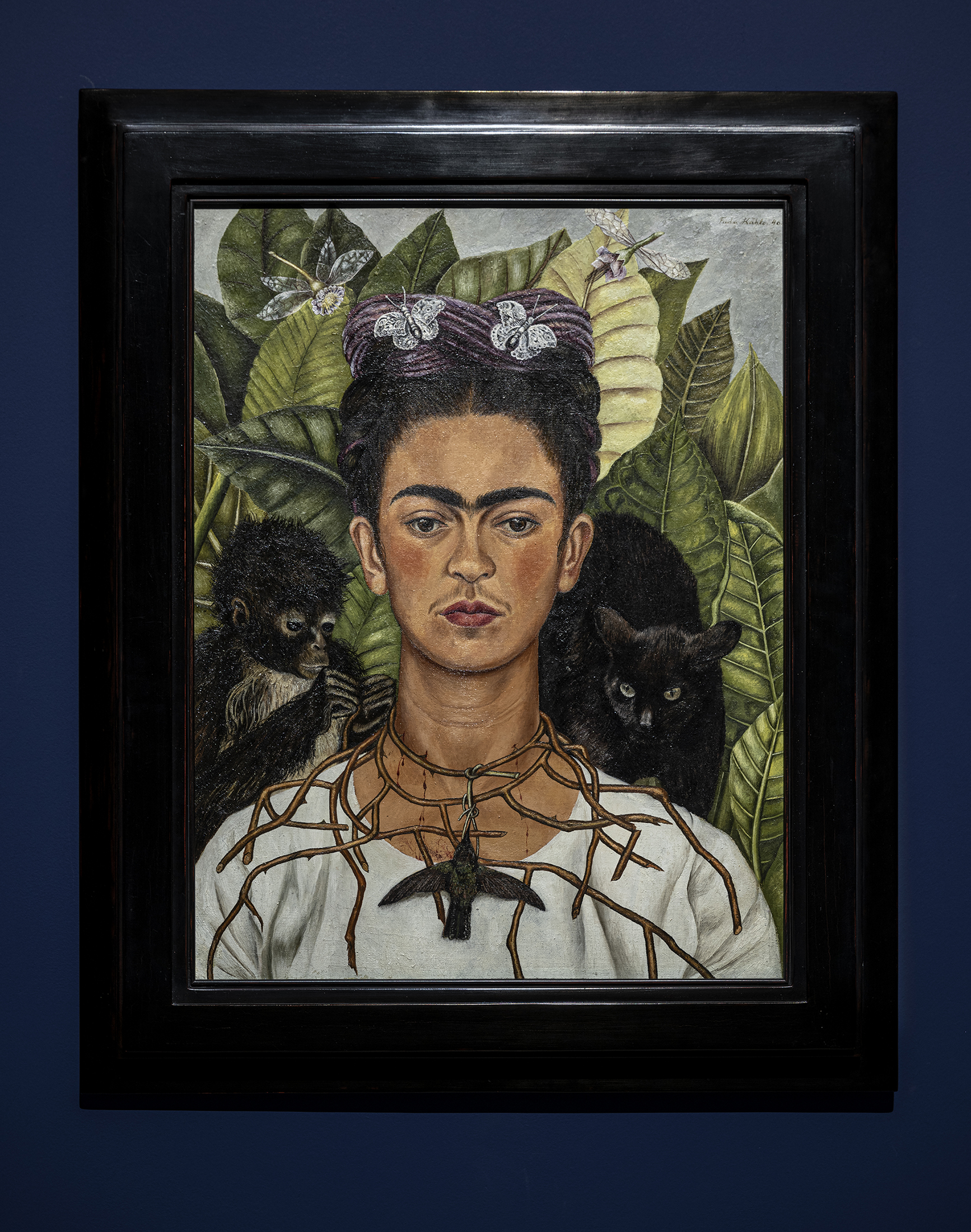
Installation view of Frida Kahlo, ‘Self Portrait with Hummingbird and Thorn Necklace’ (1940). Collection Harry Ransom Center, The University of Texas at Austin, Nickolas Muray Collection of Modern Mexican Art. © Banco de México Diego Rivera & Frida Kahlo Museums Trust. Image: Graham De Lacy
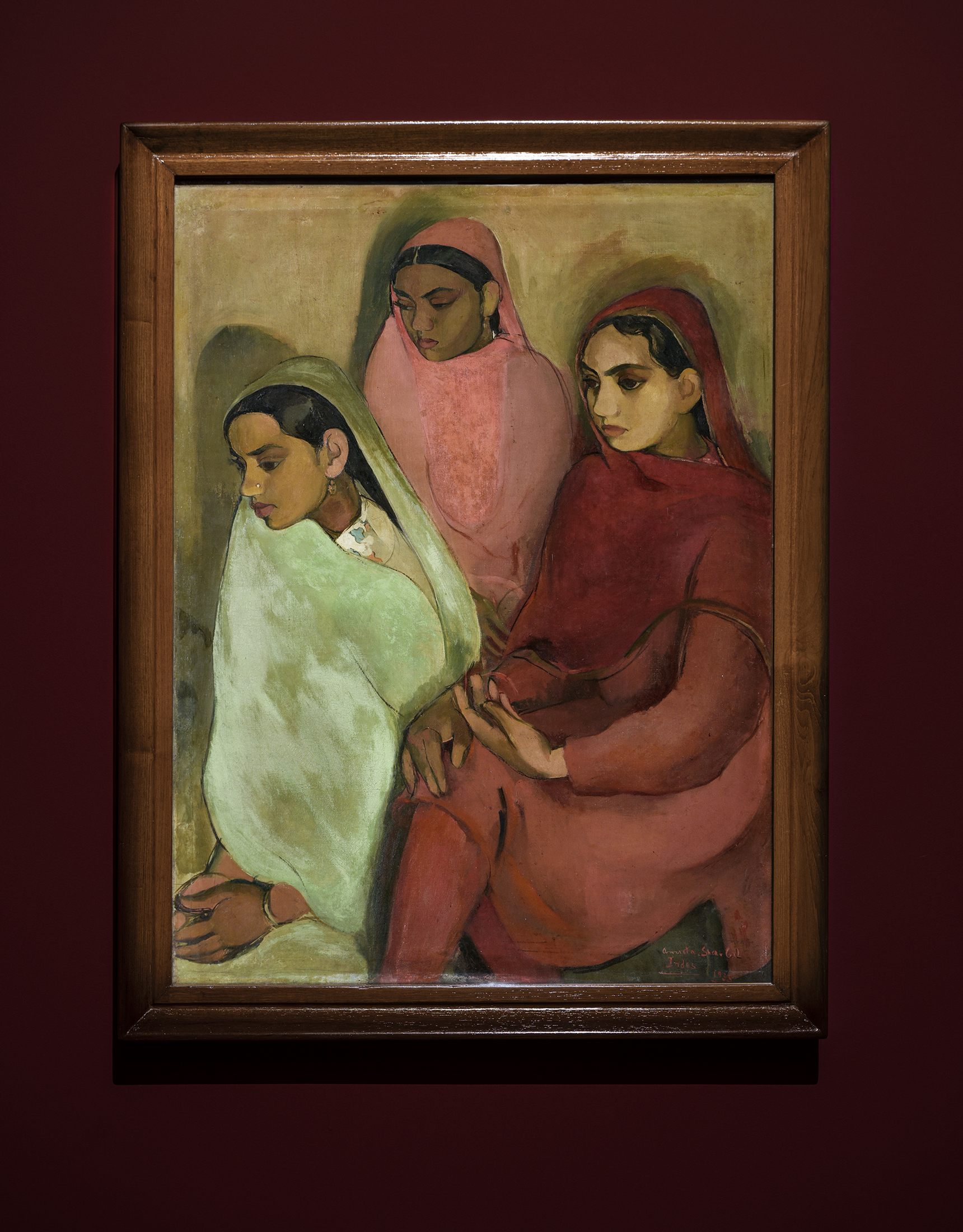
Installation view of Amrita Sher-Gil, ‘Three Girls’ (1935). Courtesy of National Gallery of Modern Art, New Delhi. Image: Graham De Lacy
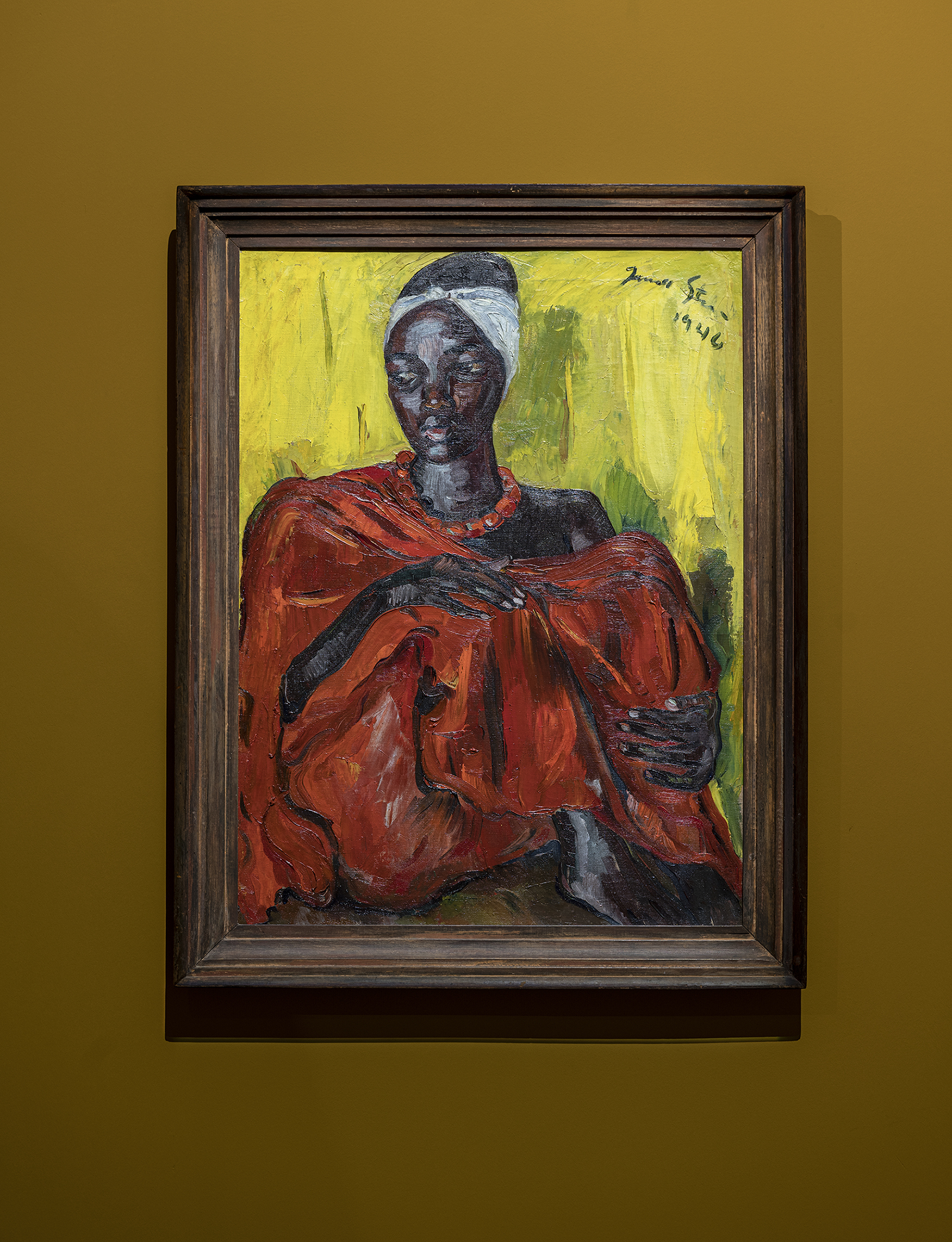
Installation view of Irma Stern, ‘Watussi Woman in Red’ (1946). Courtesy private collection, South Africa. Image: Graham De Lacy
Kahlo’s indigo, a rich red for Sher-Gil with Indian architecture and Stern’s is a pale, yellow structure reflecting her work in the Congo. Kahlo’s work is luminescent in the indigo and includes in it ‘Fulang Chang’ her pet spider monkey whom she used to depict her pain at not being able to have children (a visit to Frida Kahlo’s house in Mexico is a must).
Kahlo found comfort and ease in her Mexican clothing because she had polio as a child and an accident early in her life — she was only 18 at the time — led to her suffering from ill health and difficult mobility. Sher-Gil’s is a work of the every-woman but specifically about her nieces Beant, Narwair and Gurbhejan. It drew me back and back again to marvel at her use of colour and the depths of meaning in her work, the folds of the scarfs, the downward cast of the young women’s eyes, the length of the eye-lashes; and to the rich meaning in her paintings of what she regarded as the ordinary people in a society of caste and hierarchy.
The three sections of the exhibition are a journey into the inner and outer worlds of the three artists and I came away enriched and excited at this repositioning of how we understand and view art.
The arts writer and journalist who was also a guest, Deshnee Subramany, didn’t think that Stern fits the theme and said her inclusion was shoe-horning the artist into an interpretation she should not have been included in. In this report, a recent exhibition by Athi Patra-Ruga at the Irma Stern Museum raised similar questions about her oeuvre while appreciating her technique and artistry. DM/ ML
Visit Daily Maverick’s home page for more news, analysis and investigations






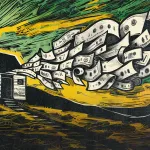











It would be great if you could bring the exhibit to Cape Town.